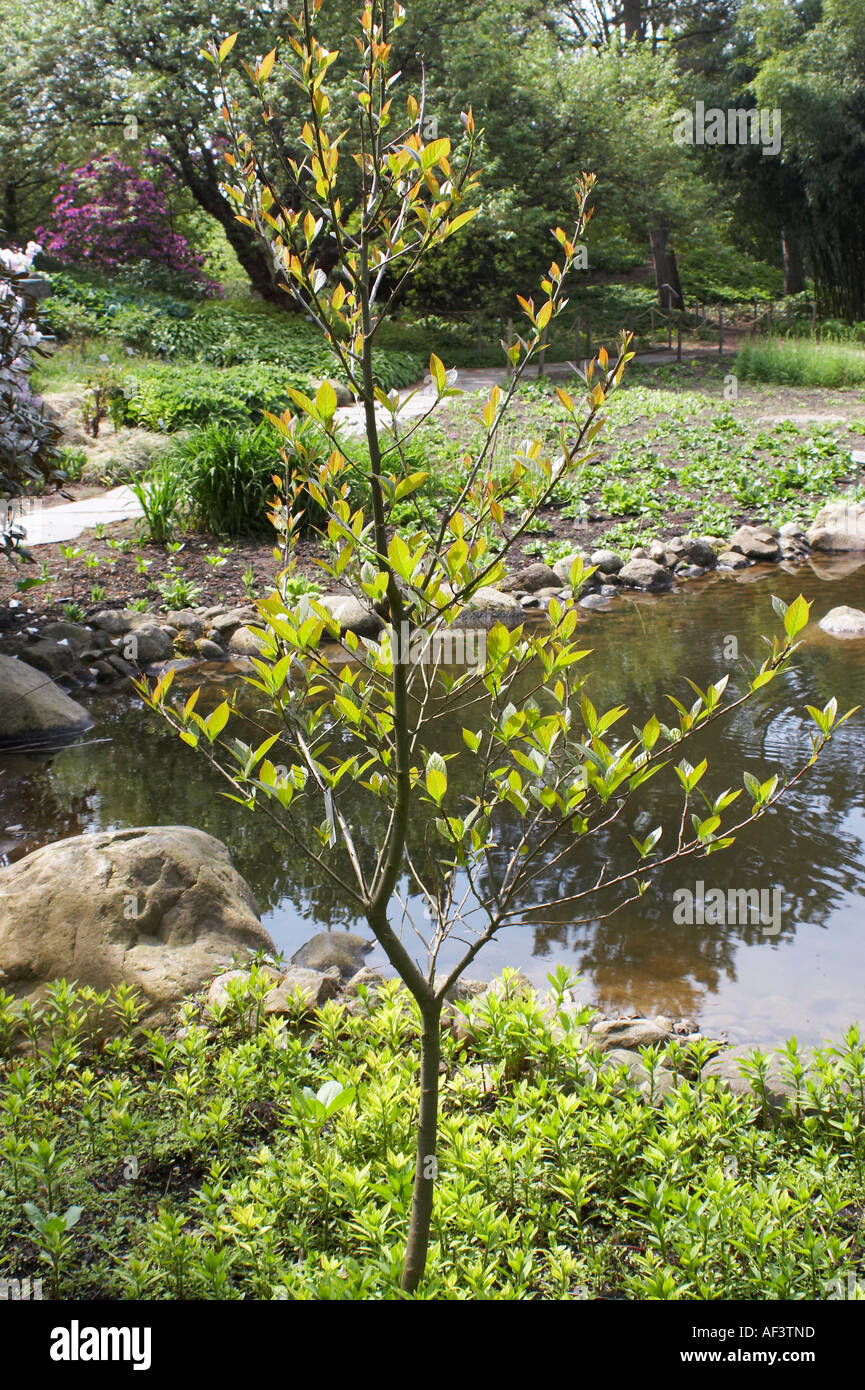Nyssaceae. Nyssa sinensis. Chinese tupelo

Image details
Contributor:
Piotr & Irena Kolasa / Alamy Stock PhotoImage ID:
AF3TNDFile size:
52.6 MB (3.5 MB Compressed download)Releases:
Model - no | Property - noDo I need a release?Dimensions:
3498 x 5256 px | 29.6 x 44.5 cm | 11.7 x 17.5 inches | 300dpiMore information:
The Tupelos, genus Nyssa, are a small genus of about 9 to 11 species of trees with alternate, simple leaves. Most are highly tolerant of wet soils and flooding, some needing to grow in such environments. Five of the species are native to eastern North America from the extreme south of Canada south to eastern Mexico; the others to east and south Asia from China south to Malaysia and west to the Himalaya. A related genus, Davidia, the Dove tree, occurs in China. Tupelos are valued honey plants in southeastern and Gulf Coast of the United States, producing a very light, mild-tasting honey. In northern Florida, beekeepers keep beehives along the river swamps on platforms or floats during tupelo bloom to produce certified tupelo honey, which commands a high price on the market because of its flavor; monofloral honey made from the nectar of the Ogeechee Tupelo has such a high ratio of fructose to glucose that it doesn't crystallize.[1] They are also popular ornamental trees for their spectacular red fall colour. Tupelos are used as food plants by the larvae of some Lepidoptera species, including Endoclita damor. On Martha's Vineyard they are called Beetlebung trees, perhaps from the mallet known as a beetle, used for hammering bungs, or stoppers, into barrels. In 1971, musical artist Van Morrison released an album entitled "Tupelo Honey".